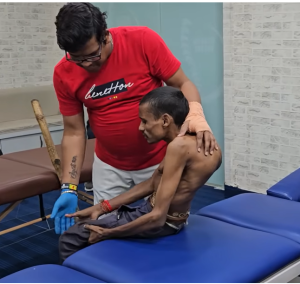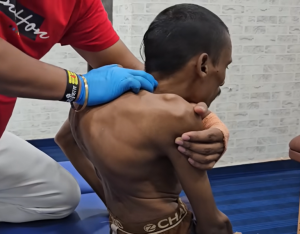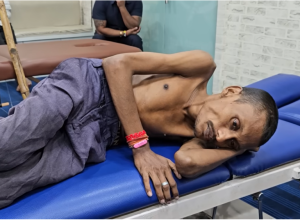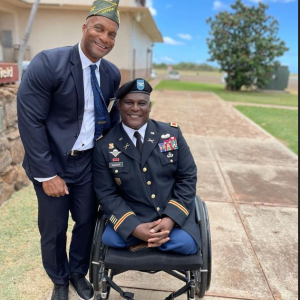Ankylosing Spondylitis (AS) presents a challenging journey for those diagnosed with this chronic inflammatory disease. From the onset of symptoms to the ongoing management of the condition, individuals with AS face a multitude of physical, emotional, and logistical hurdles. This is the story of the arduous journey endured by those navigating the complexities of Ankylosing Spondylitis treatment.

The journey typically begins with the onset of symptoms, which often manifest as lower back pain and stiffness. Initially dismissed as ordinary aches or attributed to poor posture, these symptoms can linger and worsen over time, prompting individuals to seek medical attention. However, reaching a diagnosis of AS can be a lengthy and frustrating process, as the symptoms may mimic those of other conditions, and diagnostic tests may initially appear inconclusive.
Once diagnosed, the real challenge of AS treatment begins. The cornerstone of treatment lies in managing inflammation and pain, which often requires a combination of medications. Nonsteroidal anti-inflammatory drugs (NSAIDs) are commonly prescribed to alleviate symptoms and reduce inflammation, providing relief for many individuals. However, for some, the efficacy of NSAIDs may diminish over time, necessitating the exploration of alternative treatment options.

For individuals with more severe or refractory symptoms, biologic medications may offer hope. These targeted therapies work by suppressing specific molecules involved in the inflammatory process, helping to halt disease progression and alleviate symptoms. However, accessing biologic treatments can be fraught with challenges, including high costs, insurance coverage limitations, and the need for regular monitoring for potential side effects.

Beyond medication, physical therapy plays a crucial role in AS treatment. Physical therapists work with individuals to improve flexibility, strength, and posture, helping to mitigate the progressive loss of mobility associated with the condition. However, engaging in physical therapy exercises can be painful and challenging, requiring perseverance and commitment from patients.
The emotional toll of living with AS cannot be overstated. Chronic pain, fatigue, and functional limitations can take a significant toll on mental health, leading to feelings of frustration, isolation, and depression. Coping with the uncertainty of a lifelong condition and navigating the complexities of treatment can exacerbate these emotional struggles, requiring individuals to draw upon inner reservoirs of resilience and support from loved ones.

Despite the myriad challenges they face, individuals with AS press on, determined to reclaim control over their lives. They become advocates for their own health, educating themselves about the condition, advocating for access to effective treatments, and seeking out support from online communities and patient advocacy organizations. Through perseverance, they find moments of relief, moments of joy, and moments of triumph amidst the adversity.
The journey of Ankylosing Spondylitis treatment is fraught with obstacles, but it is also marked by resilience, determination, and hope. Each step forward, no matter how arduous, brings individuals with AS closer to reclaiming their lives and pursuing their dreams. And while the road may be long and challenging, they march forward with unwavering resolve, determined to overcome the obstacles in their path and emerge stronger on the other side.









